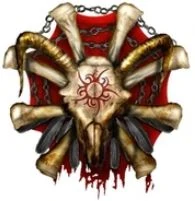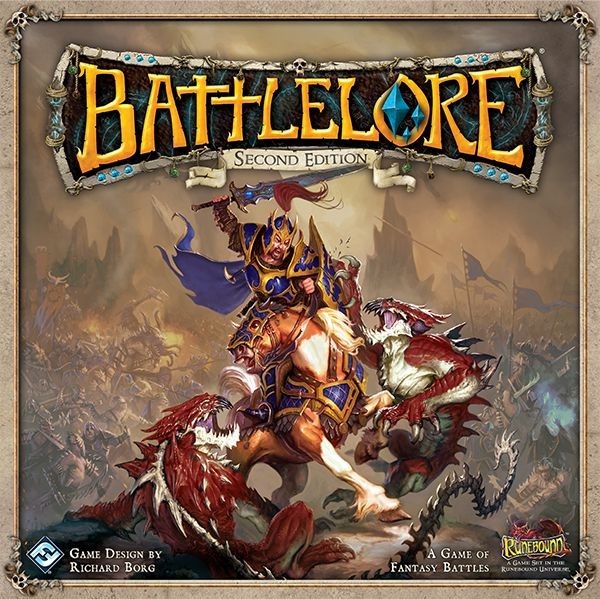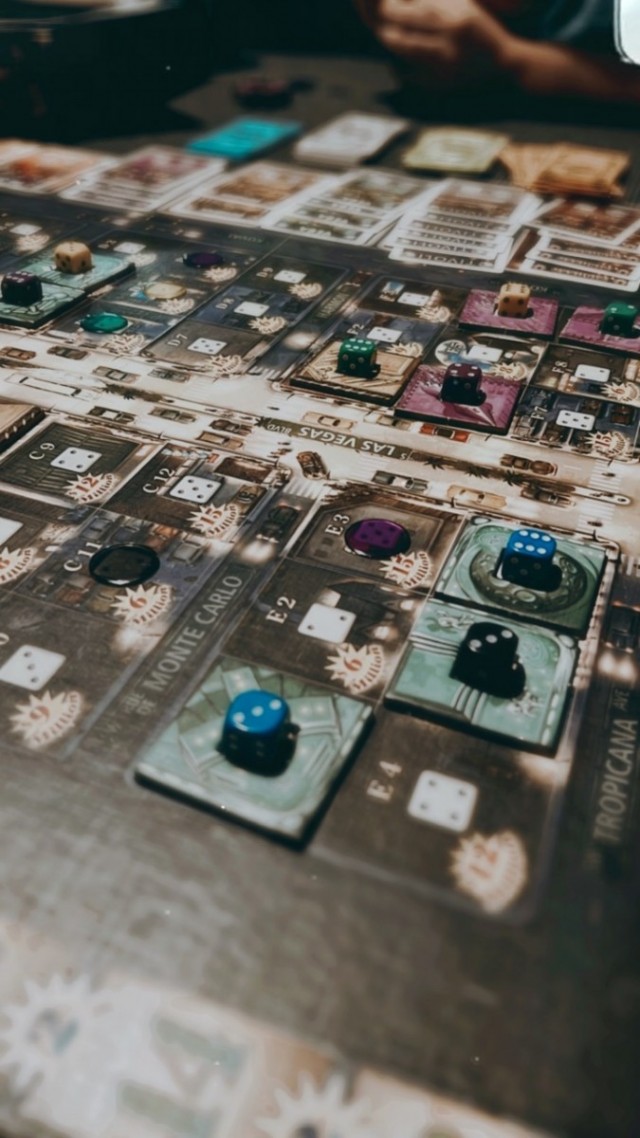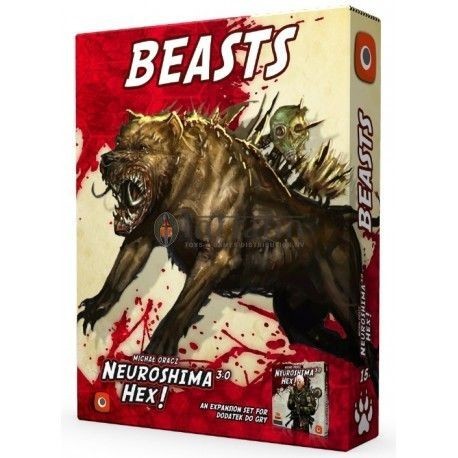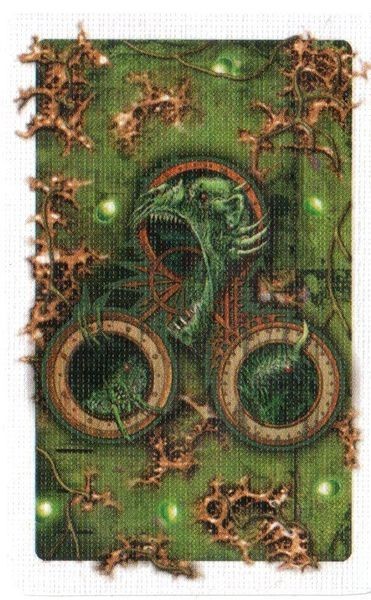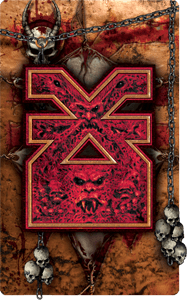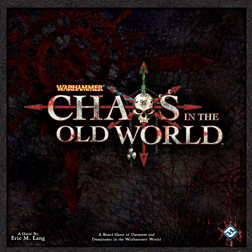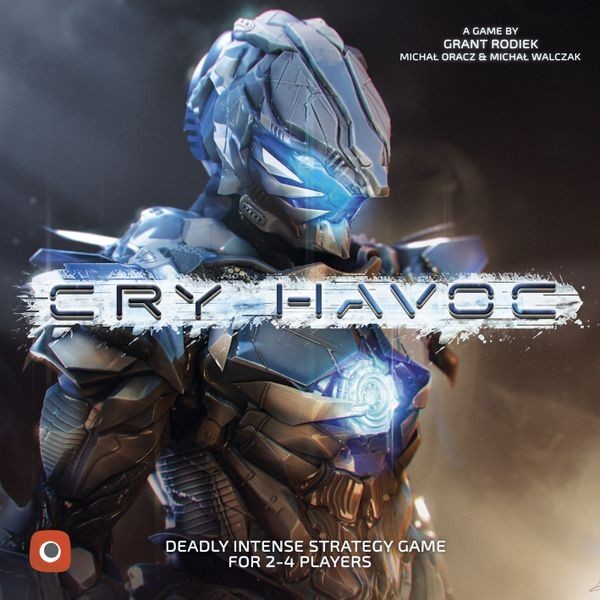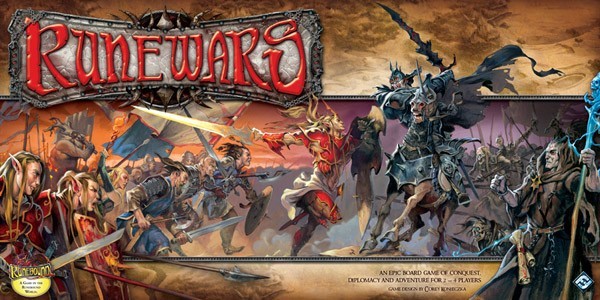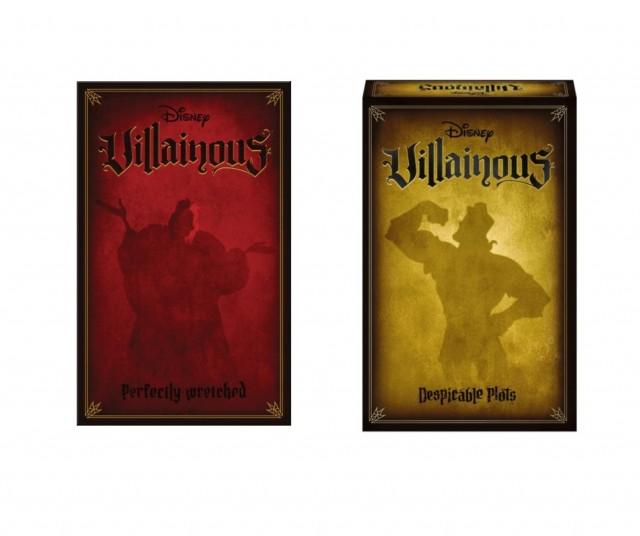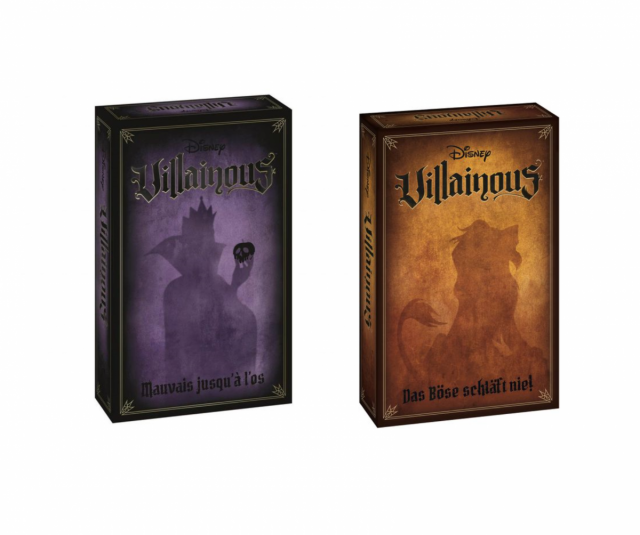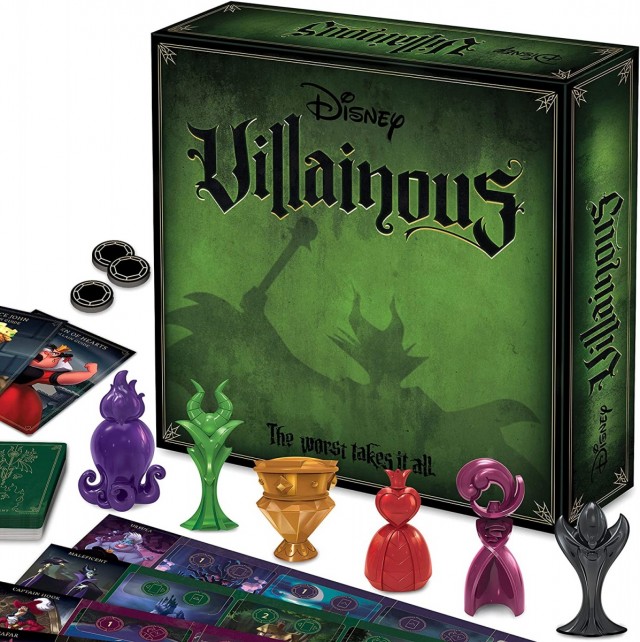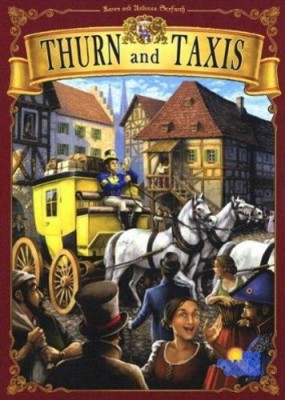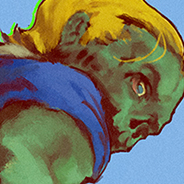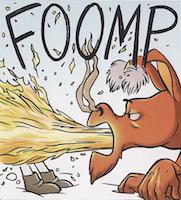Dude, look! It’s Budweis! And Pilsen!
Looking back on previous winners of the Spiel des Jahres, one comes across titles that reside in almost every gamer’s collection. If you don’t own them, you have at least heard of them and some hack reviewer has compared another game to them. Traveling back to the year of 2006, the winner of the coveted award was a title called Thurn and Taxis, a title you may not even of heard of, much less played or own.
Back before the addition of the Kid’s and Connoisseur awards, titles had to balance along a fine line of being not too complex but also being inventive enough, if hoping to be nominated for the Spiel des Jahres. For instance, in 2006, both Shadows over Camelot and Caylus were given “special prizes” because they were considered too difficult to be nominated for Game of the Year. Maybe the intervening years have made cooperative games with betrayal mechanics more palatable, but I’d say Thurn and Taxis and Shadows over Camelot are almost equal in complexity/weight.
Thurn and Taxis emulates the creation of the postal routes in the 17th century. If that subject piques your interest, make sure you check out the postal history pamphlet that comes with the game (which explains where the game title actually comes from). I’m pretty sure it is longer than the actual instructions. The game takes place on a map of Germany. That’s right, it appeals to history buffs, geography nuts and beer enthusiasts! The gameplay is simple enough but tedious to explain. The tl:dr version is that every round there is a tableau of six cards and you must draw one town card and play one town card, creating a continuous route. Of course, it wouldn’t really be a game if that was all that is involved. You can also use one other “power” per turn: Flushing the tableau to put 6 new cards out, drawing two cards, or playing two cards. The final power has to do with acquiring a higher value carriage than would normally be allowed when closing a route. If that last bit sounds confusing, take some solace in the fact that the carriage system was so popular, they removed it completely with the first expansion.
Player interaction is sparse. You can’t physically block another player’s route with your route and hand size limitations stop you from taking a city card you think they might need just to mess them up. That doesn’t mean you can ignore the other players. If another player is rushing to fulfill the end game trigger, you may have to alter your plans to avoid being stuck with unplaced houses (negative points) or not being able to upgrade your carriages to get THOSE victory points. Since you are also drawing from the same group of cards, it is advantageous to build a route away from the other players, since you want to decrease the chances that you are going after the same card or cards. Still, watching other players isn’t very… exciting. When the biggest exchange between players is “Aww, man, you took the card I needed,” no one is likely to be on the edge of their seat.
I wrote this article about six months ago and since then this game has made it to the table on a regular basis. And the above “no one is likely to be on the edge of their seat” comment has been bugging me. The reason is that, while the player interaction on the game board itself is non-existent, the player observation/interaction off the board consistently provides some incredibly tense end game “action.” Our last few plays have crescendoed with all the players eyeing up the remaining available route cards, trying to determine exactly what the other players end-game play is going to be. My cousin sandbagged me in at least two of those games, holding sufficient cards to close his final route using Cartwright (the power that allows you to close your route with less than the required cards), limiting what points he might have gotten from the route but, more importantly, not allowing me to finish my final route and picking up the expected points. With some of those routes, I planned on picking up multiple scoring tokens including an “all color”, “7 route bonus”, “Green Route” and the single point for completing all my routes first. As you can imagine, this crushed my scoring plan, ending in a devastating defeat. I'm just going to come out and say it: The ending of Thurn and Taxis has routinely become a blood bath, adding “going postal” to the classic German setting. And that is something I never thought I would say about this quaint game of horses, carriages and mail delivery.
So why don’t we see it beside other Spiel des Jahres winners on everyone’s shelfies? Maybe it is because the rules, though essentially basic, are a little too convoluted or unintuitive. Maybe it is because you can be forced to close out a route that you have been working on for four or five turns simply because the cities you need don’t show up in the tableau. Or maybe it is simply because placing houses after you close out a route isn’t as tactically pleasing as lining up trains.
We could Monday morning quarterback the 2006 releases and argue that Thurn and Taxis wasn’t the game of the year. Many releases from that year have had more staying power and still have a dedicated fan base. But, if you get a chance, give it a couple of plays. Maybe it will click for you like it did for my family gaming group. If you decide you enjoy it, it (presently) doesn’t suffer from an overly-inflated price tag, despite being out of print.
 Games
Games How to resolve AdBlock issue?
How to resolve AdBlock issue? 
